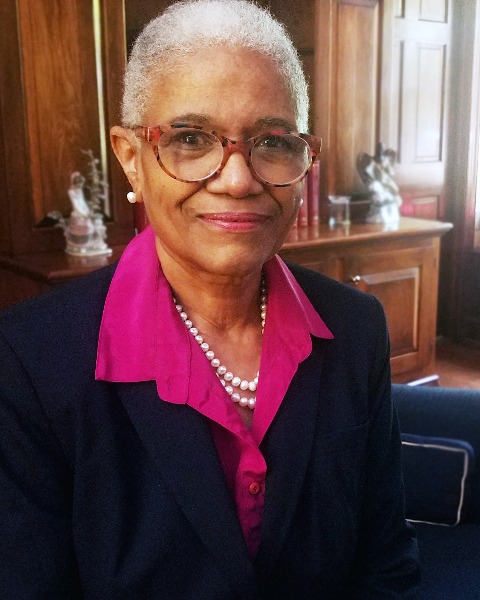Workshop
Marriott
The Rule of Delayed Disclosure in Sexual Assault: How to Use New Research in Investigation and Trial (REPEAT)
Wednesday, August 9, 2023
8:30 AM - 9:45 AM CST
Room: Preston
CE: 1.25
75 minutes
Intermediate
Law Enforcement, Prosecutor, Victim Advocate, Medical, Forensic Interviewer, Therapist, CPS, CAC, All Professions
Intermediate
Law Enforcement, Prosecutor, Victim Advocate, Medical, Forensic Interviewer, Therapist, CPS, CAC, All Professions

Sharon Cooper
CEO
Developmental Forensic Pediatrics
Primary Presenter(s)
A common misconception is that children who have been sexually abused will likely immediately disclose. A recent study of over 1,000 sexual assault survivors revealed that the average age at the time of reporting child sex abuse was about fifty-two years. This is critical information to consider and impart when a child or adolescent is participating in a forensic interview or testifying in court. This presentation will review this new compelling research and discuss how to use this information at trial to rebut the defense assertion that a delayed disclosure implies a possibly false allegation. Participants will also learn of the most common recipient(s) of such delayed disclosures and strategies to compel a judge or jury to convict.
Learning Objectives:
- Learn that disclosures of child sexual abuse most commonly occur decades after the crime
- Lessons learned from multiple victim cases underscore delayed disclosure and a common modus operandi
- The most common recipient of an outcry is a peer and/or a friend
